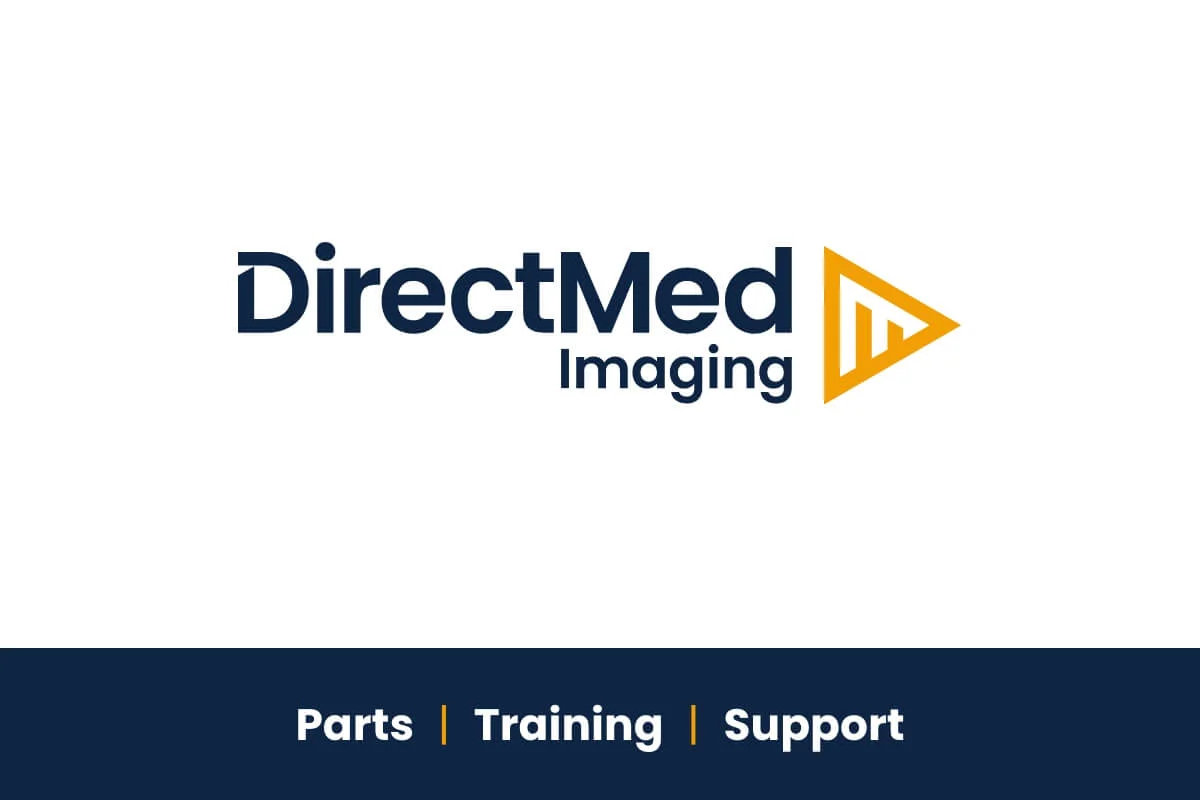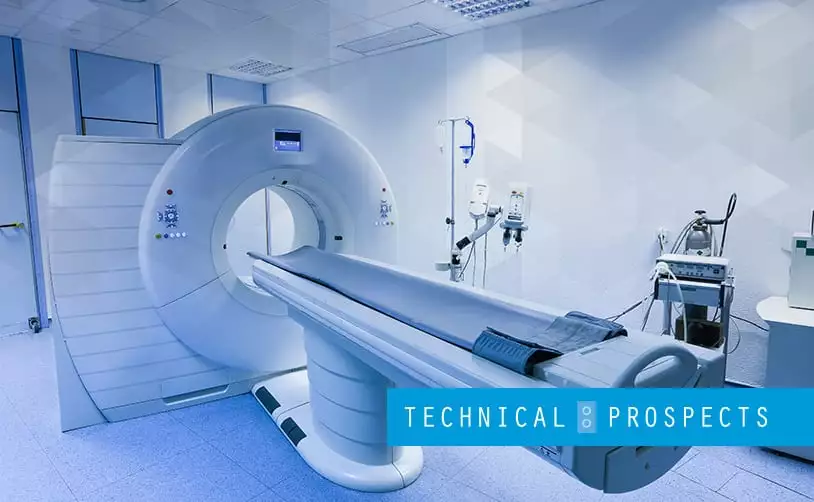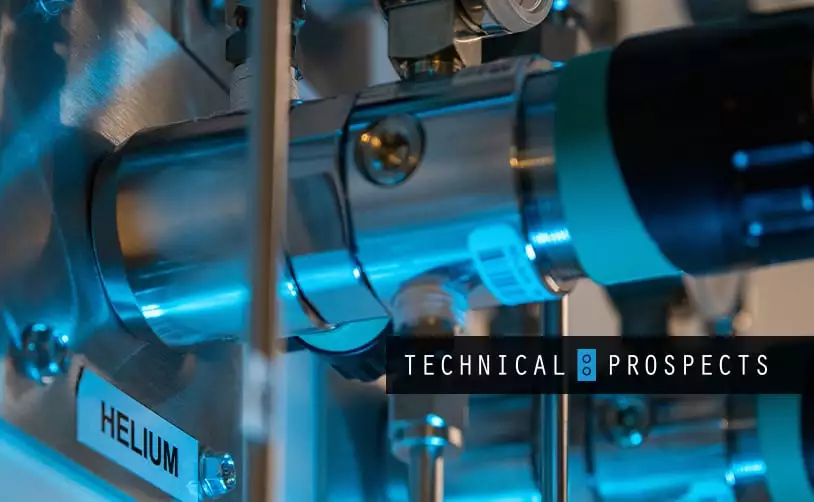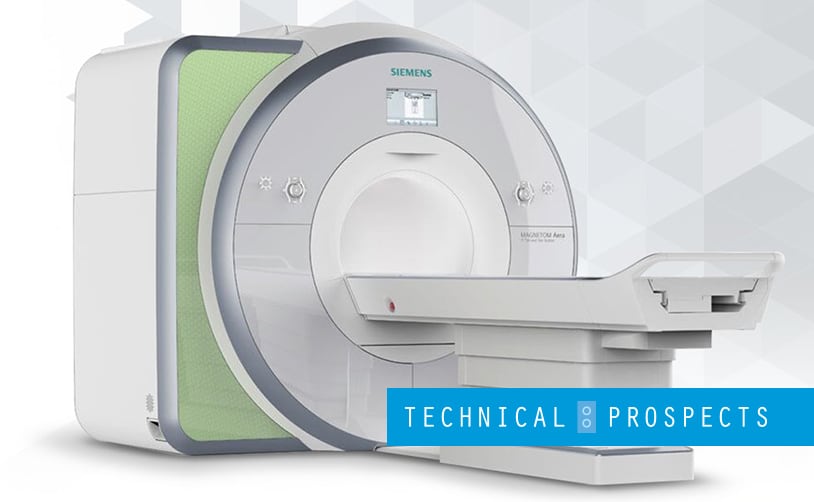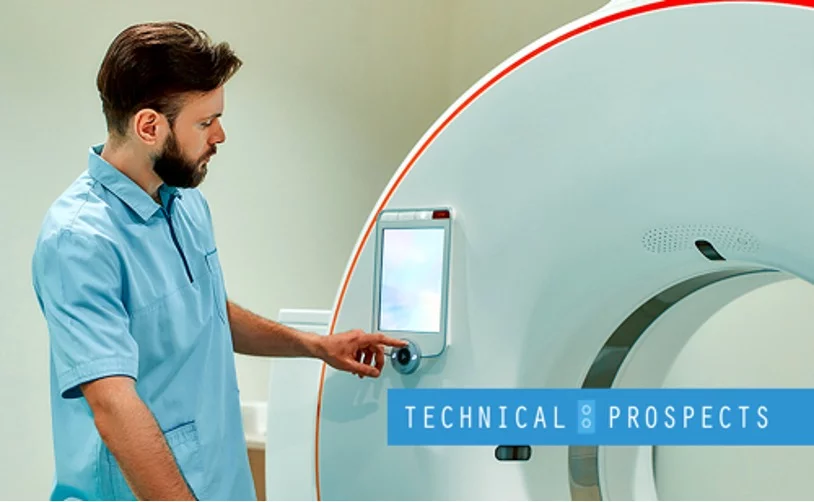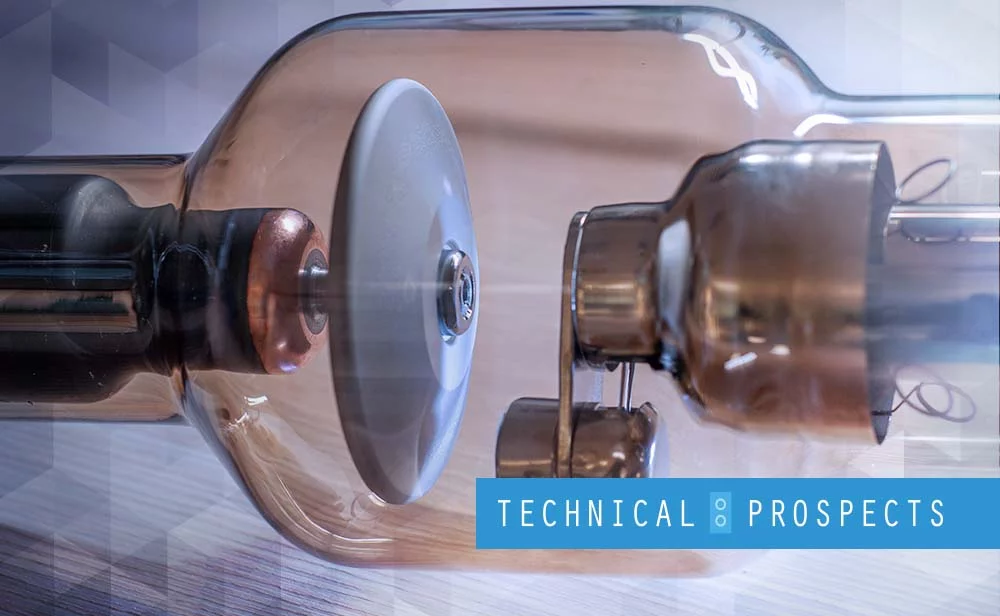Imaging equipment in the healthcare industry is necessary for medical professionals to reach an accurate diagnosis of a patient’s condition. Many people tend to confuse MRI scans with CT scans since both of them can have some similarities. However, they have precise differences that make them ideal for specific instances.
Although both MRI and CT scans are for imaging purposes, they have some differences in what they detect. This is why medical professionals need to understand the difference between the two to figure out which one is more appropriate for a specific use case.
Understanding an MRI scan
An MRI, or Magnetic Resonance Imaging, scan utilizes magnets and radio waves to create a model of your bones, organs, and tissues. It’s a detailed and in-depth look at your internal structures, which is excellent in diagnosing several conditions like abnormalities in joints, and blood vessels.
One of the more common uses for MRIs is for diagnosing brain conditions. The imaging software can detect any signs of a stroke, aneurysms, and other conditions that will be evident through the brain’s structure. Additionally, complications with your blood vessels, from artery blockages to heart valves will be detectable through MRI scans.
Before a patient undergoes an MRI scan, they must first receive a contrast agent. However, there are cases when the contrast dye is no longer necessary. A patient either drinks the solution or receives it from a vein through injection. Next, they will strip down and wear only medical scrubs to avoid any interferences from metallic substances in clothing.
During the scanning process, it’s important for the patient to avoid any sudden movements. They may experience discomfort while the MRI machine is running, so it’s advisable to provide earplugs to wear during the scan. MRI scans will last for as long as an hour or longer, depending on which body part needs viewing.
Understanding a CT scan
A CT, or computed tomography, scan uses x-rays to create several cross-sections in your body. The most common use for CT scans is for looking at complications in your skeletal system, together with your tissues and blood flow.
When X-ray scans don’t give enough precision on the bone’s images, a CT scan is usually the next option. It can detect more complex fractures, together with spinal cord injuries and damage from bone tumors. Medical technicians will also see circulation problems like blood vessel blockages and pulmonary edemas through CT scans. Through the x-ray images, masses in your organs like livers, pancreas, and kidneys can also be identified.
Like MRI scans, it’s also necessary to introduce contrast fluid to the patient’s body. However, a CT scan doesn’t last half as long as an MRI scan because it only lasts for around ten minutes. Additionally, the scanning device is less intrusive since it runs quieter than MRI machines.
Understanding the practicality of using either scanning method
There are some overlaps on what MRI and CT scans can detect, primarily on tissue and blood vessel irregularities. However, there are more practical reasons why doctors prefer to use one over the other even for the same condition.
For starters, CT scans are much cheaper to perform in contrast to MRI scans. On average, CT scans cost $1,200, while MRI scans are at least $2,000. Another factor for contention is the speed of the scans. For illnesses that need immediate confirmation, CT scans take up significantly less time to complete. MRIs may take more than an hour, depending on the patient’s condition. However, MRI scans provide sharper and more detailed images that aren’t present in CT scans.
Conclusion
Since some diseases react faster than others, every lab test and scan will contribute to a longer delay in finding the right solution. When choosing which imaging equipment to use, medical professionals need to consider the practicality and efficiency of the device.
Keeping healthcare devices in working order is necessary to provide accurate diagnoses. DirectMed Parts is a US-based repair company that handles a wide range of imaging equipment models for healthcare institutions. If you’re looking for electronic MRI coil repair, installation, and system upgrades, contact us today!
